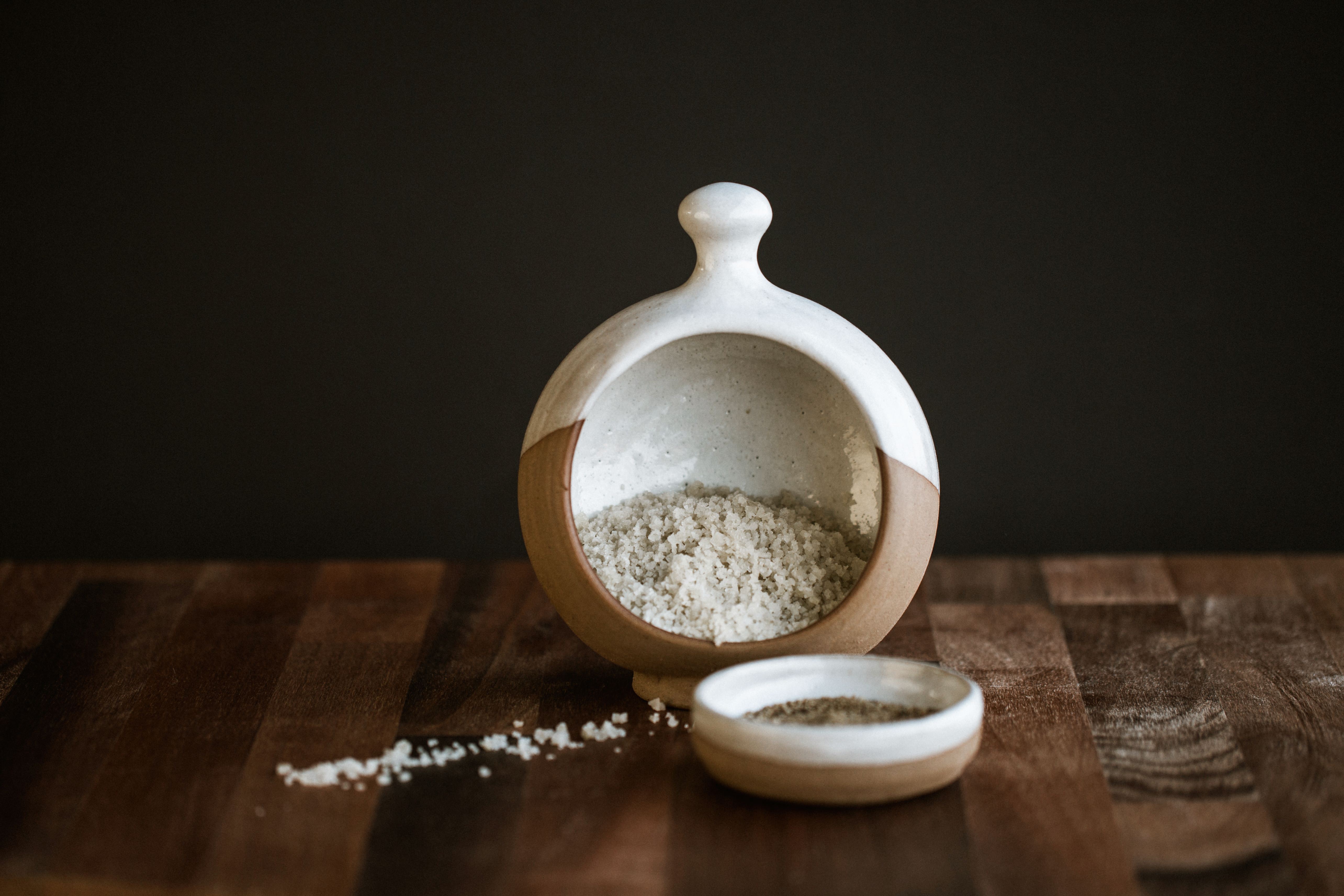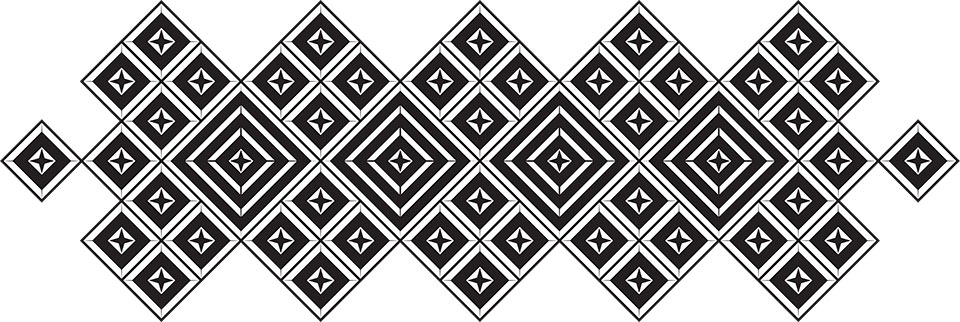
Posted by / December 3rd 2020
What on Earth Is Salt Anyway?
It’s on almost every dinner table in the world, but we rarely ever pause to think about what the world’s most popular seasoning is actually made of...
Sodium Chloride
Most people know that salt is another word for sodium chloride (sodium and chlorine) but the purity of that chemical compound can vary from 93% in natural salt freshly mined from the earth, to 100% in industrially produced ‘pure’ salt, also known as Pure Dried Vacuum Salt (or Saxa). As a rule you shouldn’t attempt to eat salt from either extreme of the scale: pure salt tastes almost clinically metallic, while mined salt still retains all the impurities of the earth and can taste muddy.
The difference between pure and mined salt may seem small but that 7% margin spans the spectrum of possibilities that salt has in the culinary world.
The elements of salt
Salt is more than just sodium and chloride - much more. Different types of salt contain anywhere between 60 to 100 chemical elements which affect how it looks and tastes (bitter, sweet, sour, and so on), and how it interacts with the food you season with it. The tiniest amount of salt can have a huge effect on the food it is paired with: Alpen cereal only has 0.3% salt, but if you removed it the cereal would taste drastically different - and you’d probably want to ask for your money back.
What is Himalayan salt made of?
Himalayan salt blocks have their own combination of elements. Trace elements of iron lend Himalayan salt its distinctive pink colour but beyond that iron it also contains amounts of magnesium, calcium, sulphate, and potassium - and many more besides. That mixture defines Himalayan salt’s taste: slightly more magnesium, for example, and it would taste much more bitter, while a reduction in calcium would reduce its sweetness.
Like adding the tiniest pinch of saffron to a curry, the chemical make-up of Himalayan salt is crucial to its flavour - and by extension the flavour of the food we cook on our salt blocks. Remove that unique mixture of elements and all that would be left is run-of-the-mill sodium chloride which would, of course, be much less interesting to cook with, not to mention taste.
At Salthouse and PepperMongers we know salt is much more exciting than simple sodium chloride - and that every meal you cook on a Himalayan salt block can be the start of a new journey of culinary discovery.

